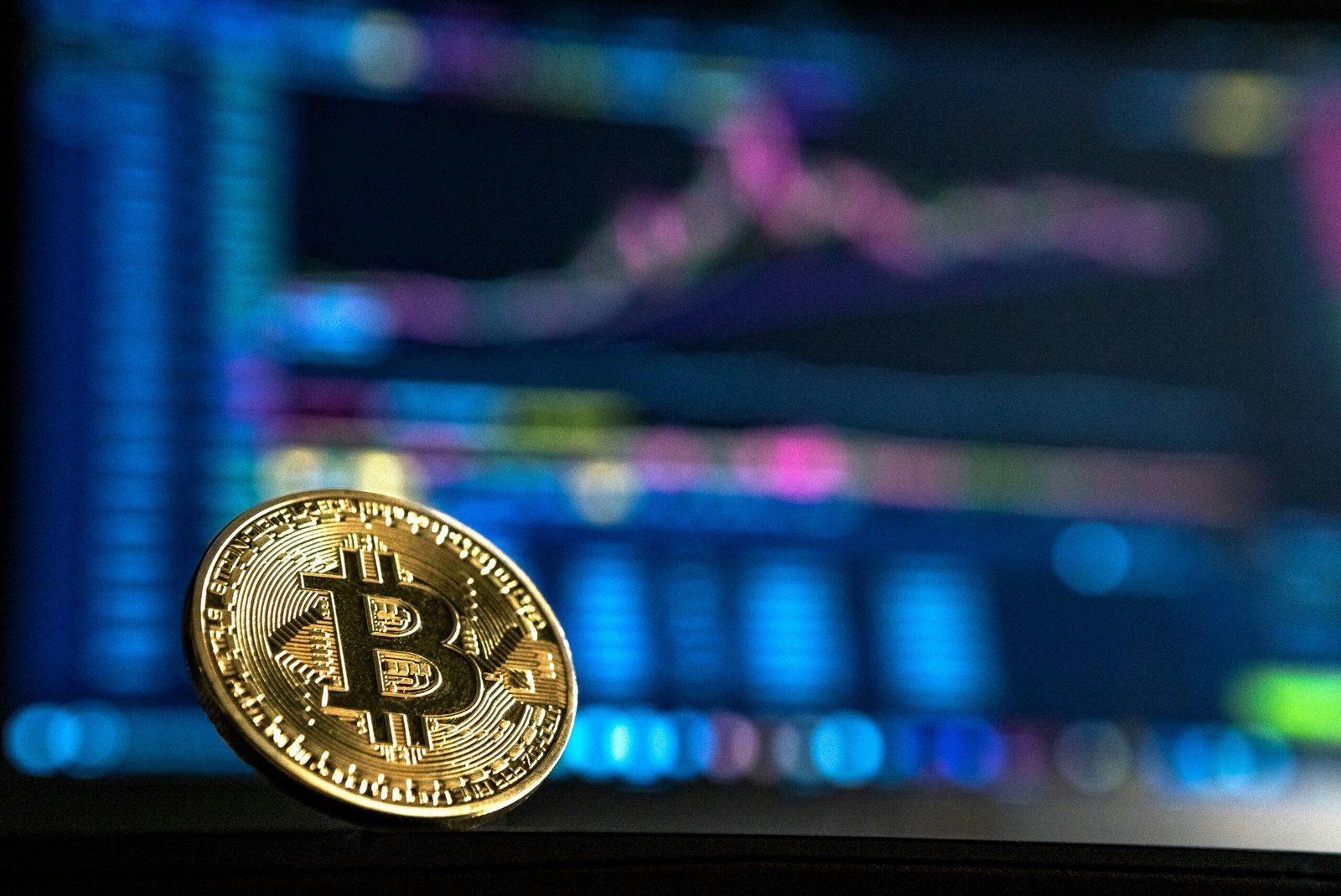How AI Is Stealthily Reshaping Financial Regulation

At the heart of financial transformation is artificial intelligence (AI), a tool that’s not only changing the game for traders and banking institutions but also for the watchdogs like Jerome Powell, the Securities and Exchange Commission (SEC), and other exchange regulators.
While AI’s integration into finance is palpable, its influence on regulation is more insidious and, perhaps, more profound. Here are five lesser-known instances where AI is quietly altering the regulatory landscape:
- Automated Compliance Monitoring: Firms like Palantir are leveraging AI to offer real-time compliance monitoring, making it easier for companies to adhere to the ever-changing regulatory demands. This technology can pinpoint irregularities that might slip past human oversight, subtly shifting the balance of power between regulators and the regulated.
- Risk Assessment Revolution: Companies like Credit Karma and Upstart use AI to assess borrower risk, a move that’s forcing regulators to rethink traditional creditworthiness metrics and consumer protection strategies.
- AI in Market Surveillance: The Commodity Futures Trading Commission (CFTC) now employs AI to detect market manipulations and anomalies. This advanced surveillance capability is pushing regulators to adapt to a new norm where AI can uncover what the human eye might overlook.
- Blockchain and AI Synergy: Startups like Chainalysis are combining blockchain and AI to track illicit financial flows, offering regulators a powerful tool to combat financial crimes in ways previously imagined only in science fiction.
- Predictive Regulation: AI’s ability to predict market trends based on vast data analysis is prompting regulatory bodies to consider predictive regulatory measures. This forward-thinking approach could redefine the essence of financial oversight.
The Ripple Effect on Regulators
This seismic shift toward AI-enhanced regulation is not without its challenges. Regulators like Powell and entities like the SEC are grappling with the dual task of harnessing AI’s potential while ensuring that this digital prowess is used ethically and within legal confines. The transition is intricate, necessitating a fine balance between innovation and control.
As regulators integrate AI into their arsenals, they’re not just changing their tools; they’re transforming their very philosophy of oversight. This evolution is pivotal, marking a departure from reactive regulation to a proactive, predictive model, fundamentally altering the financial regulatory landscape.
In this new era, the question isn’t whether AI will continue to reshape financial regulation but how seamlessly and ethically these entities can adapt to ensure that this digital transformation enhances, rather than undermines, market integrity and investor protection.
As we stand on the brink of this AI-driven regulatory revolution, it’s clear that the journey is as fraught with challenges as it is laden with opportunities. For regulators like Jerome Powell, the SEC, and their global counterparts, the path forward is uncharted but inevitable, promising a future where AI’s silent yet potent influence redefines the essence of financial oversight.


















